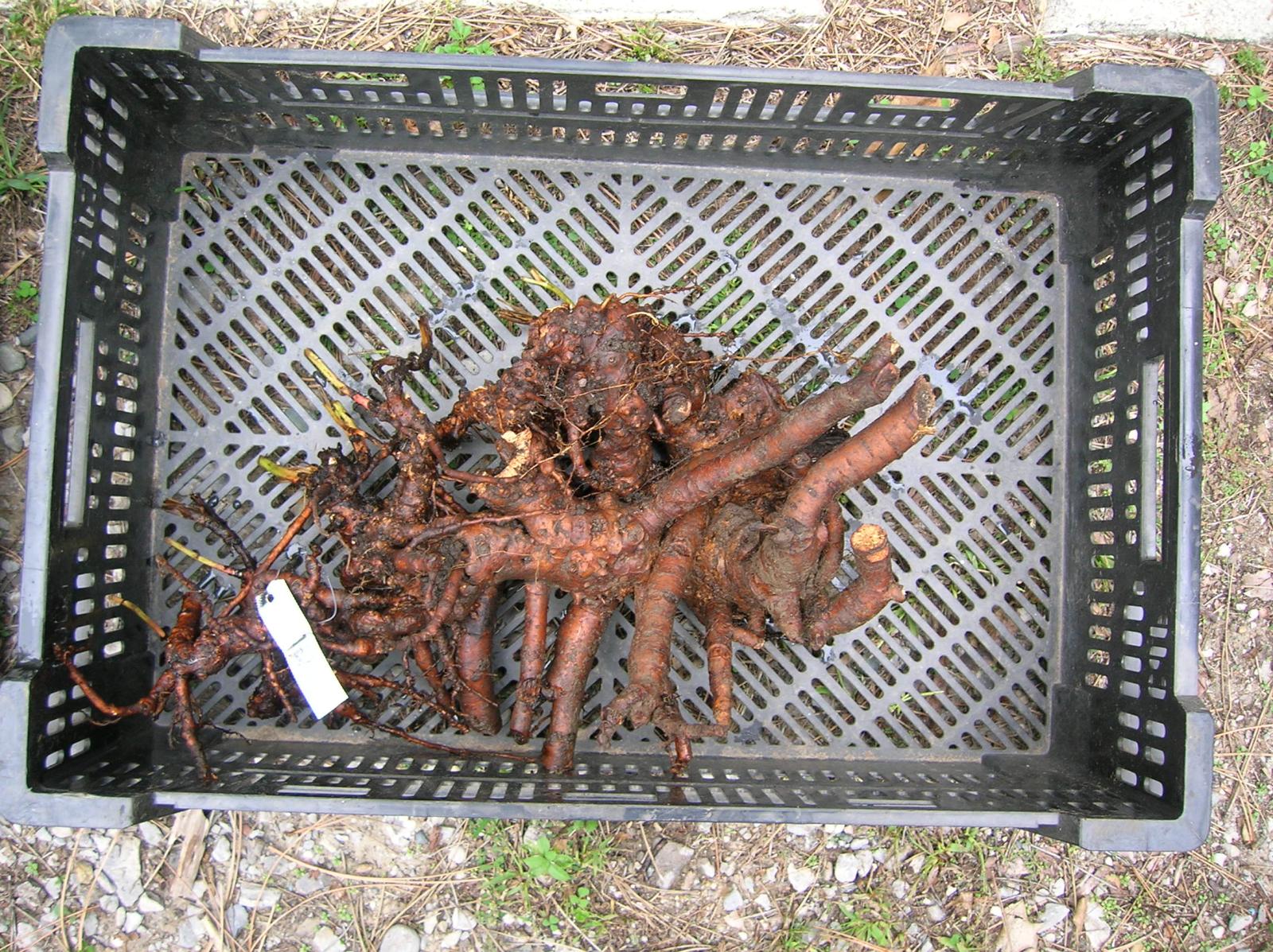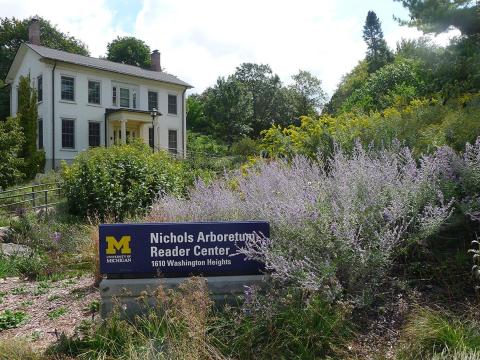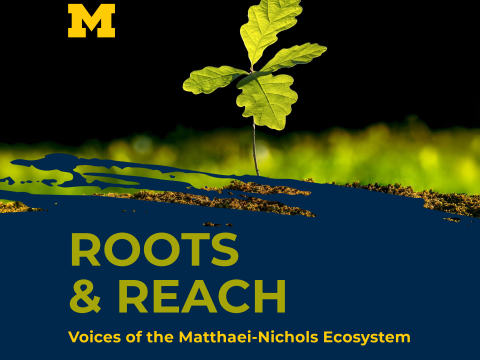
The home range for Peonies includes Asia, western Europe, and two North American species. However, this beloved plant, well known for its beauty and role in Traditional Chinese Medicine (TCM), has traveled the world thanks to its specialized root system.
Herbaceous Peonies are tubers, which are swollen portions of underground stems or rhizomes that store nutrients to survive dormancy and initiate new growth in the spring. Other famous tubers include starchy foods like potatoes, yams, and cassava. This adaptation is easily divided in the fall by digging the plants, removing the soil, and cutting out a section of the crown with two or three buds. These divisions are small, light, and can dry out a bit making them particularly easy to share and ship resulting in countless heirloom plants. I suspect many reading this have a story of a family peony and can trace its lineage back at least three generations.
Tubers, like native grasses including Little Bluestem (Schizachyrium scoparium), Purple Love Grass (Eragrostis spectabilis), and Indiangrass (Sorghastrum nutans), grow from a crown. Both roots and shoots emerge from the crown to grow and renew the plant annually. However, each uses a different strategy to survive drought and dormancy. The native North American grasses send roots deep into the soil in search of water and create an insulating sod to protect the crown from drying out, browsing, and hoof stomping. Whereas the Peony’s fibrous roots and the large shoots or foliage feed the tuber to prepare for drought or cold induced dormancy. Additionally, peonies do not form a protective sod layer making the crown subject to breakage or damage when stepped on.
Peonies capture our attention for a few weeks every year with a dazzling floral display. A display that begins with a remarkable root adaptation, a tuber, and human fascination with carrying and sharing beauty and medicine as we travel the world. MBGNA’s Peony Garden is 100 years in bloom but the Peony’s legacy is millenia in the making.
Citations
Chandrasekara, A., & Josheph Kumar, T. (2016, April 3). Roots and tuber crops as functional foods: A review on phytochemical constituents and their potential health benefits. International Journal of Food Science. https://www.hindawi.com/journals/ijfs/2016/3631647/
Home Guides | SF Gate. How long do peonies live? (2021, August 4). https://homeguides.sfgate.com/long-peonies-live-74442.html
Larum, D. (2020, October 1). What is a tuber – how tubers differ from bulbs. Gardening Know How. https://www.gardeningknowhow.com/ornamental/bulbs/bgen/what-is-a-tuber.htm
WebMD. (n.d.). Peony: Overview, uses, side effects, precautions, interactions, dosing and reviews. WebMD. https://www.webmd.com/vitamins/ai/ingredientmono-32/peony#:~:text=Peony%20(Paeonia%20lactiflora)%20is%20an,and%20act%20as%20an%20antioxidant.



